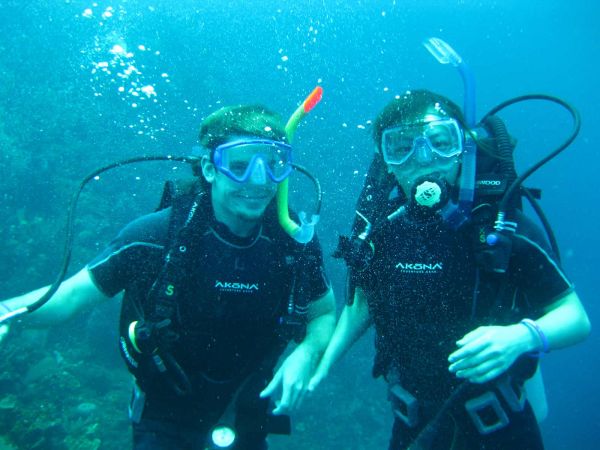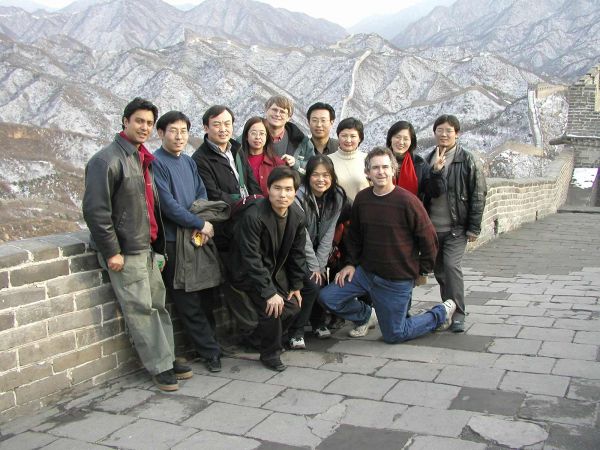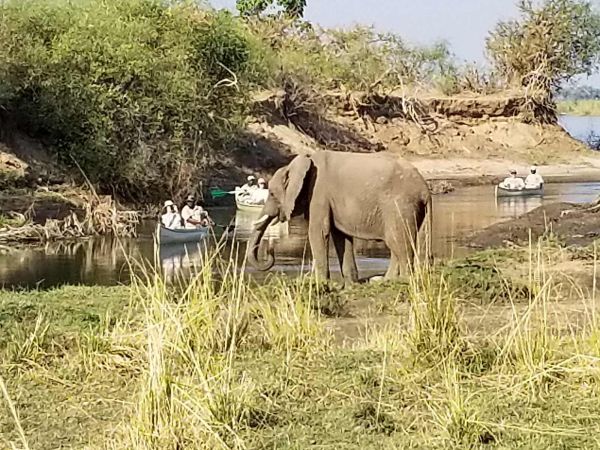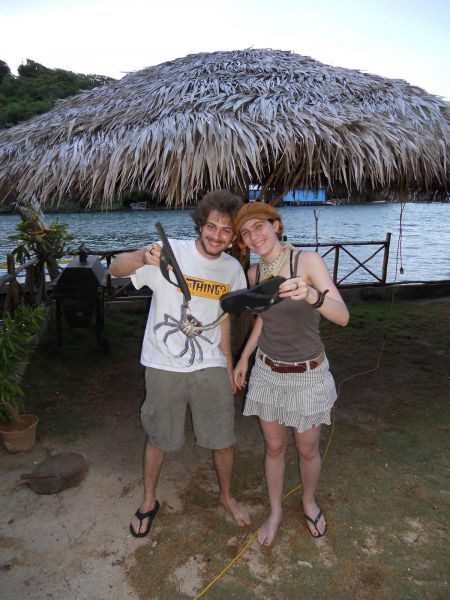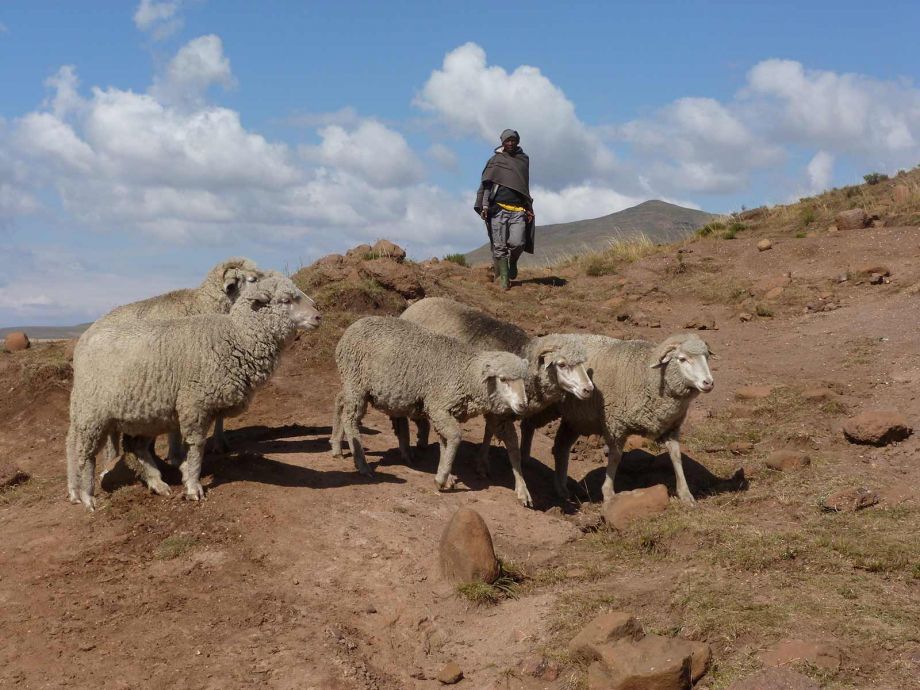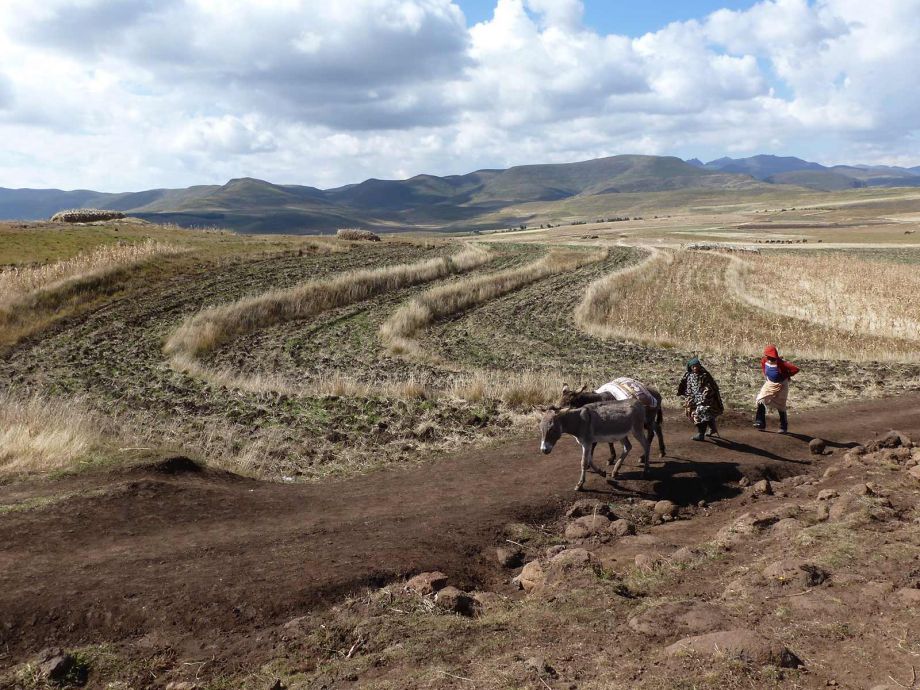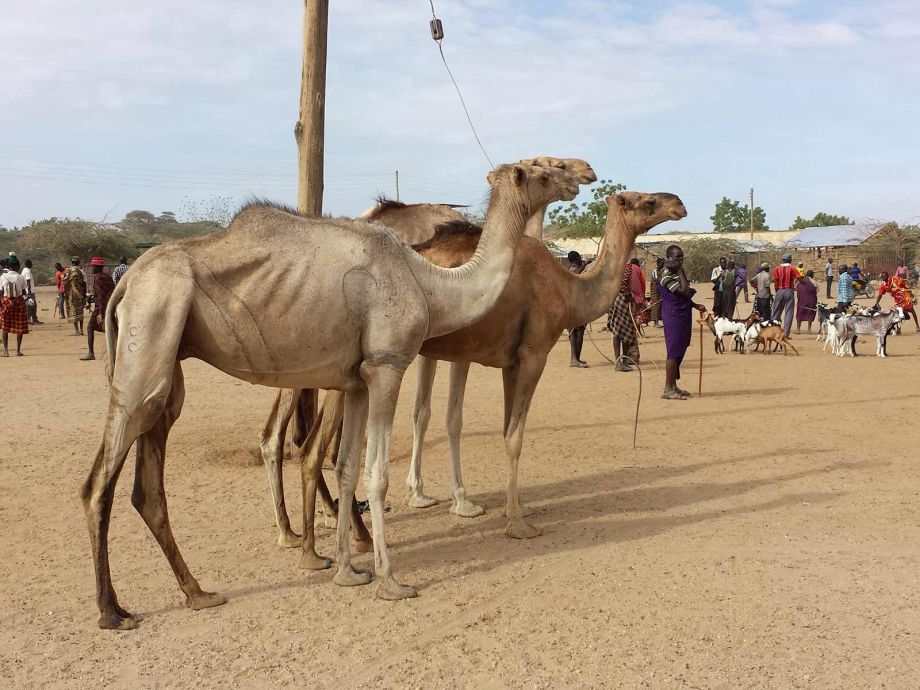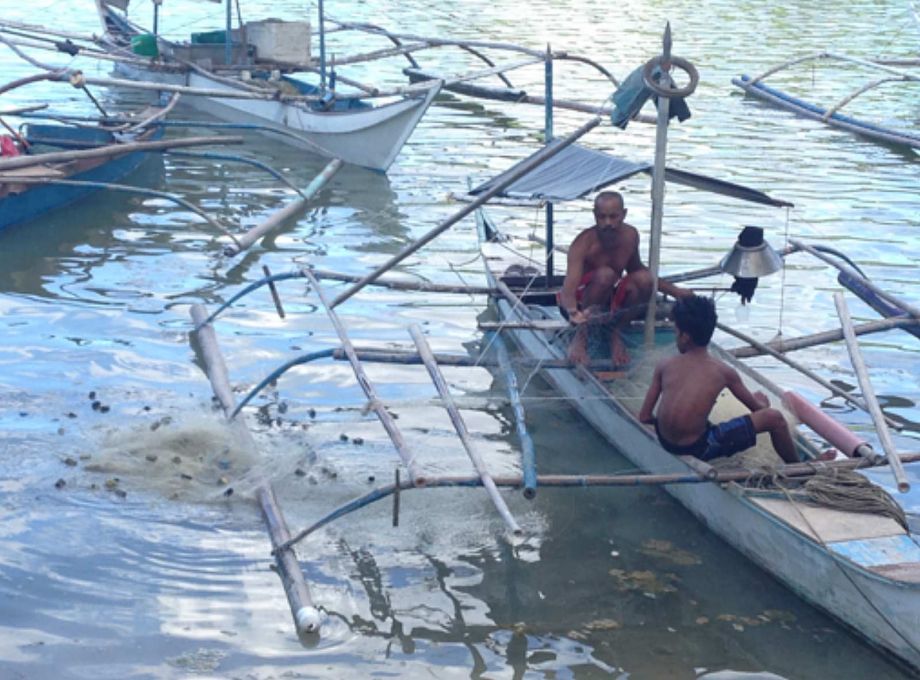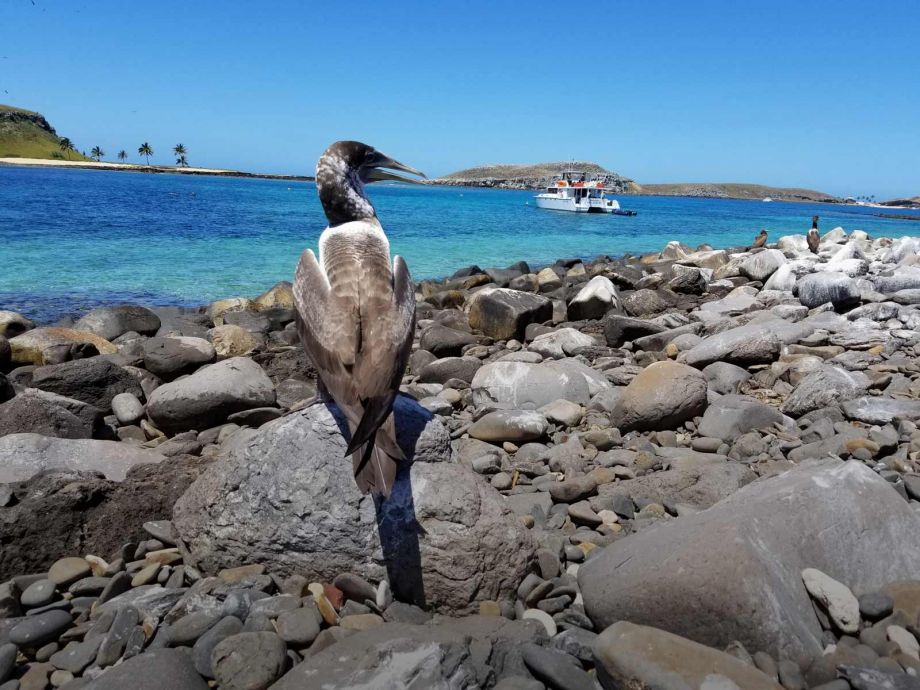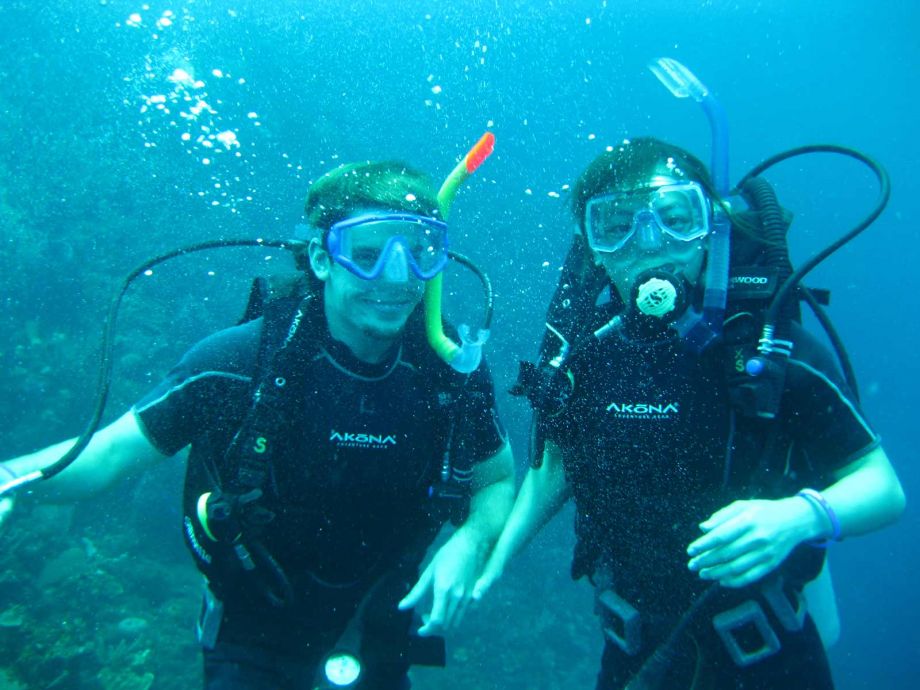Economic Impacts of Tourism
...
Technical Guidelines for Evaluating the Impacts of Tourism Using Simulation Models (IADB)
This paper was written to make development practitioners aware of simulation approaches for tourism impact analysis and of how to integrate these approaches into their project proposals, budgets, and terms of reference for expert consultants. Simulation approaches are particularly useful when experimental or economic approaches for project evaluation are not feasible. For example, it usually is not possible to roll out a tourism-promotion program for a randomly chosen "treatment group" while excluding the program's benefits for a "control group" at the tourist destination. An application to Ecuador’s Galápagos Islands can be found here.
Funding Agencies: Inter-American Development Bank (IADB), The World Bank, Government of Honduras
Objective: To understand the economic impacts of tourism and tourism development, including on poverty, and capture income spillovers in cost-benefit analyses of tourism projects.
Methods: Local economy-wide impact evaluation (LEWIE), supported by micro-survey data analysis and econometrics.
Approach: LEWIE models are used to simulate likely impacts of tourism development projects on local and country incomes. These findings are incorporated into an economy-wide cost-benefit analysis these projects. Econometric and quasi-experimental methods are used to estimate direct impacts of tourism as an input into simulations.
Key findings: Many and in some cases most of the impacts of tourism and tourism development are not on sectors and households directly involved in tourism activities. Markets transmit impacts to other sectors and households. Cost-benefit analysis that does not consider income spillovers is likely to understate economic benefits from new tourism projects. Tourists infrequently interact directly with poor households, and poverty impacts of tourism development thus are likely to be almost entirely indirect, via market spillovers. A study from Ecuador’s Galapagos Islands found that tourism is far and away the major driver of economic growth. However, increases in tourism stimulate population growth via new migration to the islands, nearly erasing the effect of economic growth on per-capita household income. A 10% increase in tourism triggers an amount of migration equivalent to (depending on skill type) between 4.8% and 5.7% of the total existing workforce on the main island, Santa Cruz. These findings raise questions about the compatibility of ecotourism and conservation in this unique ecological setting.
Technical Guidelines for Evaluating the Impacts of Tourism Using Simulation Models was written for the Inter-American Development Bank to make development practitioners aware of simulation approaches for tourism impact analysis and of how to integrate these approaches into their project proposals, budgets, and terms of reference for expert consultants. Simulation approaches are particularly useful to document indirect effects of tourism development. Experimental or economic approaches, in general, are not feasible for tourism project evaluation and cost-benefit analysis. For example, it usually is not possible to roll out a tourism-promotion program for a randomly chosen "treatment group" while excluding the program's benefits for a "control group" at the tourist destination.
